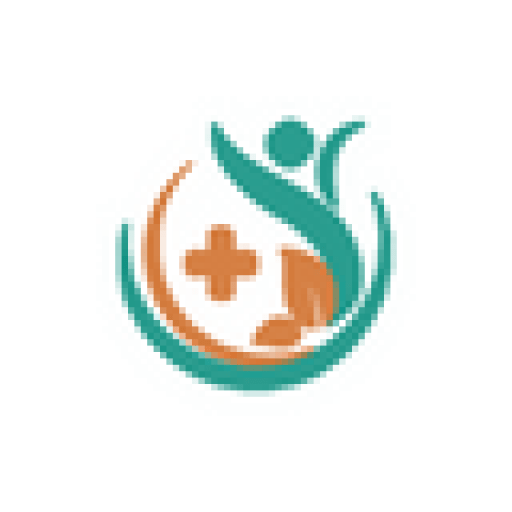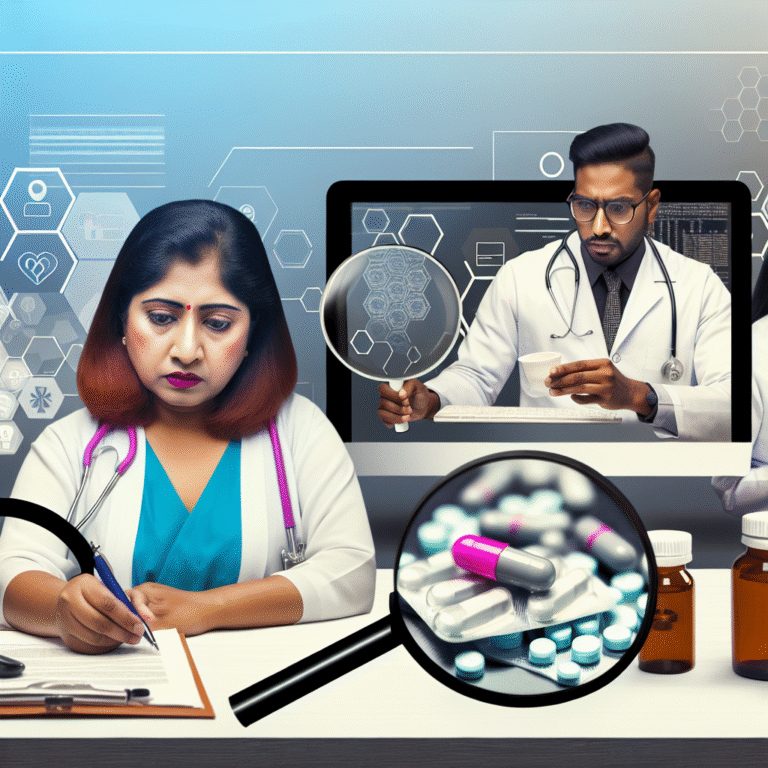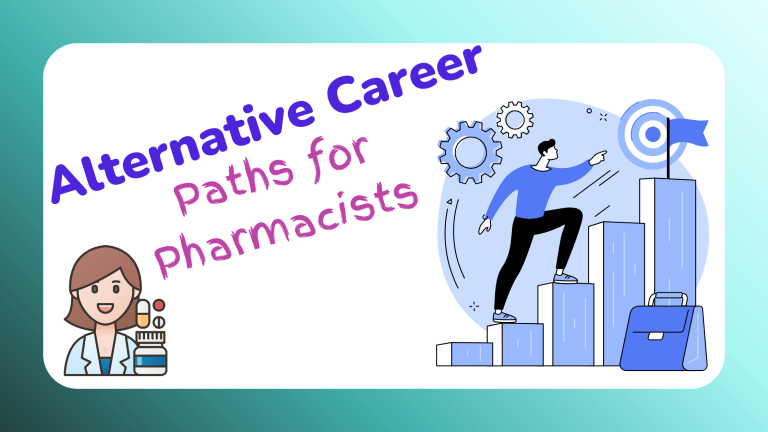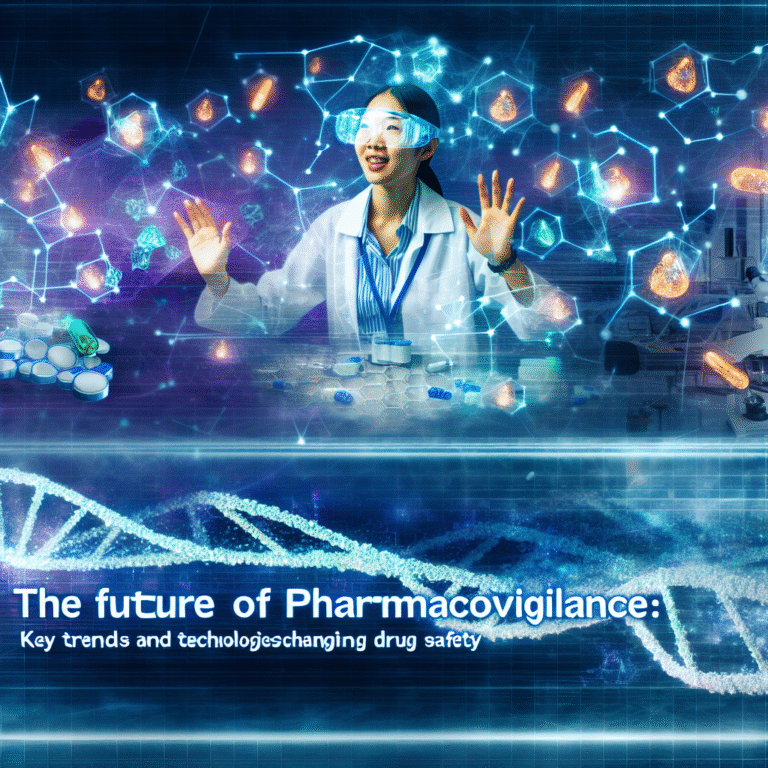Top 5 Pharmacovigilance Reporting Types Every Healthcare Professional Should Know
Blog Post: Top 5 Pharmacovigilance Reporting Types Every Healthcare Professional Should Know
Introduction
Welcome to the exciting world of pharmacovigilance! It’s a big part of healthcare focused on spotting and understanding bad effects or issues that might come when using medicines. At Pharmacovigilance Foundations, we think knowing about pharmacovigilance reporting is super important for anyone in the healthcare field. It helps keep patients safe and ensures medicines work well.
In this blog, we’ll talk about the top five types of pharmacovigilance reporting that every healthcare professional should know about.
1. Spontaneous Reporting
Spontaneous reporting is a big part of pharmacovigilance. It involves doctors, nurses, and even patients telling someone about any bad reactions to medicines they notice. Unlike reports from studies, spontaneous reports come from everyday medical experiences. They’re super valuable for finding new or rare problems with medicines.
Why It’s Important
Spontaneous reporting is important because it helps:
– Spot new problems not seen in tests before a drug was sold.
– Show how drugs work in real life.
– Find new ways drugs might react badly with each other.
Examples of Systems for Spontaneous Reporting
Some systems that help with spontaneous reporting are:
– Yellow Card Scheme in the UK
– FDA MedWatch in the USA
– EudraVigilance in the EU
These systems help healthcare workers report issues easily to make healthcare safer.
2. Targeted Spontaneous Reporting
Targeted spontaneous reporting is when you focus on specific drugs, people, or issues. It’s not as wide-reaching as general spontaneous reporting but offers more detail when needed.
When to Use It
You might use targeted spontaneous reporting when:
– There’s a new worry about a specific medicine.
– You need to watch high-risk groups closely.
– You see problems that might affect many people.
How It Helps
Using targeted spontaneous reporting helps healthcare workers:
– Get detailed data to understand risks better.
– Make quick changes in how drugs are recommended.
– Improve patient safety with focused actions.
3. Clinical Trials Reporting
Pharmacovigilance isn’t just for after drugs are sold; it’s very important during clinical trials too. Healthcare workers play a big role in reporting bad events accurately during these trials.
What to Report
During trials, it’s important to report:
– Serious Adverse Events (SAE): These are events that seriously risk the health of people in the trial.
– Unexpected Adverse Drug Reactions (UADR): These are reactions not expected based on what is already known.
Healthcare workers’ careful reporting helps keep trial results honest and helps assess the safety of new drugs.
Role of Healthcare Workers
By reporting during clinical trials, healthcare workers can:
– Ensure safer trials.
– Provide full data for looking over by regulators.
– Aid in making informed choices about new drugs.
4. Literature Reporting
Literature reporting means looking at scientific research to find possible bad events related to drugs. With so much research shared regularly, this type of reporting helps show the full safety picture of a drug.
Role of Scientific Research
Scientific research is a great resource for:
– Finding new safety info not seen in other reports.
– Spotting trends in drug reactions.
– Giving evidence-based thoughts on drug safety.
Tools and Databases
Healthcare workers can use tools like:
– PubMed for research articles.
– Embase for lots of biomedical information.
– Google Scholar for a broad range of research.
5. Periodic Safety Update Reports (PSURs) / Periodic Benefit-Risk Evaluation Reports (PBRERs)
These are detailed reports needed to always keep checking a drug’s safety and how well it works. They’re done at certain times and talk about all the safety data for a drug.
What’s in the Reports
These reports usually include:
– A look at new safety data.
– Talks on what it means for the balance of benefits and risks.
– Ideas on any needed changes to drug labels or use.
Why They’re Important
Making these reports regularly helps:
– Keep an up-to-date view of a drug’s safety.
– Make decisions on whether a drug should stay on the market.
– Be clear with authorities and the public.
Conclusion
Knowing about these types of pharmacovigilance reports helps healthcare workers make a big difference in keeping drugs safe and protecting patients. As more workers get involved in pharmacovigilance, everyone benefits from safer medicine!
Continuous learning through certified courses will help healthcare workers stay leading the way in pharmacovigilance efforts. Join us at Pharmacovigilance Foundations in this important job to make drug safety better through education.
Extra Resources
To learn more about pharmacovigilance, you might want to:
– Look into getting certified in pharmacovigilance.
– Read more on drug safety, like the book “The Fundamentals of Pharmacovigilance.”
– Take part in webinars and workshops from pharmacovigilance groups.
For more resources and information, visit our website and sign up for our newsletter to get the latest news in pharmacovigilance.




